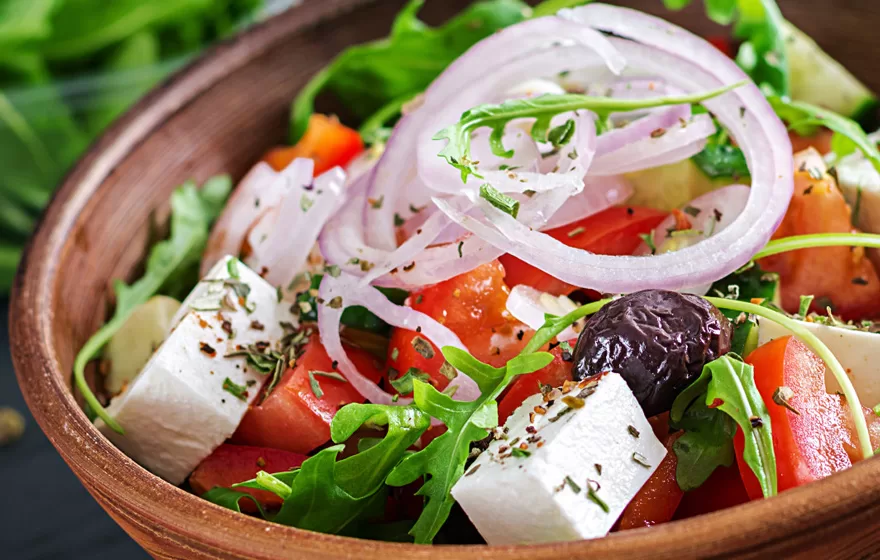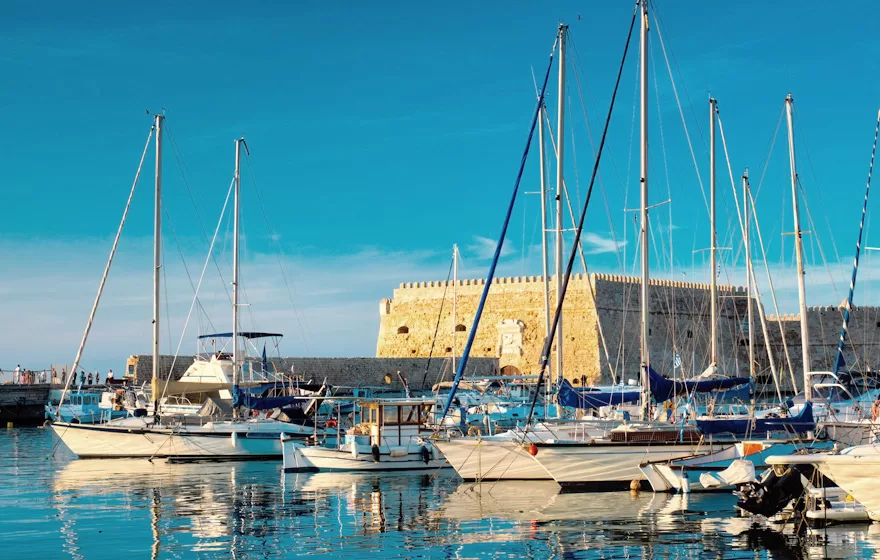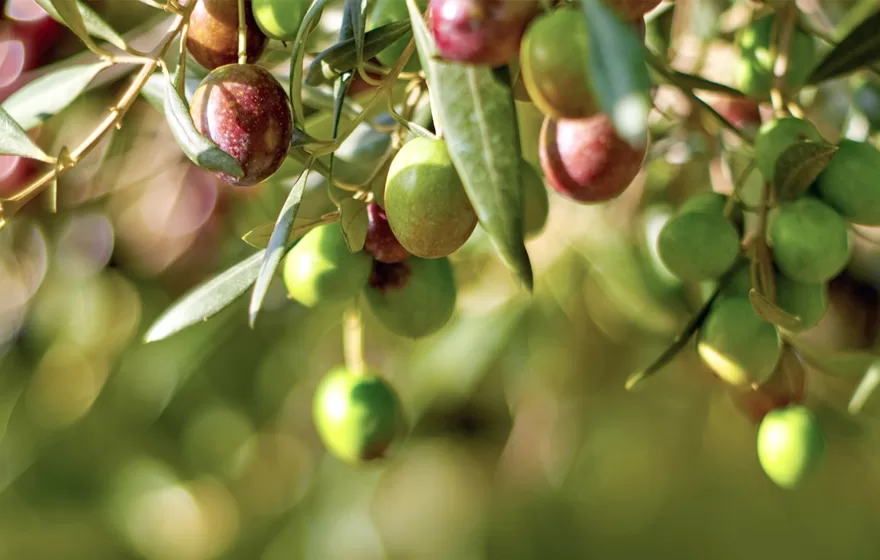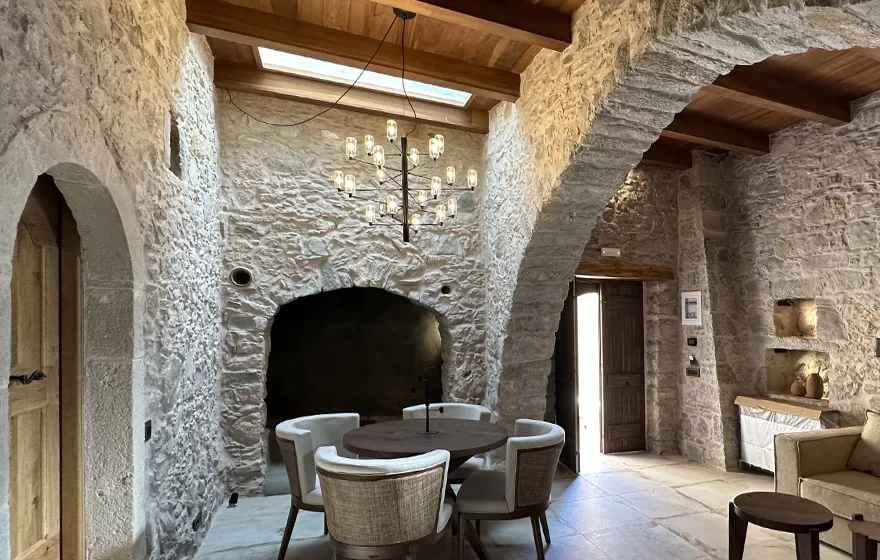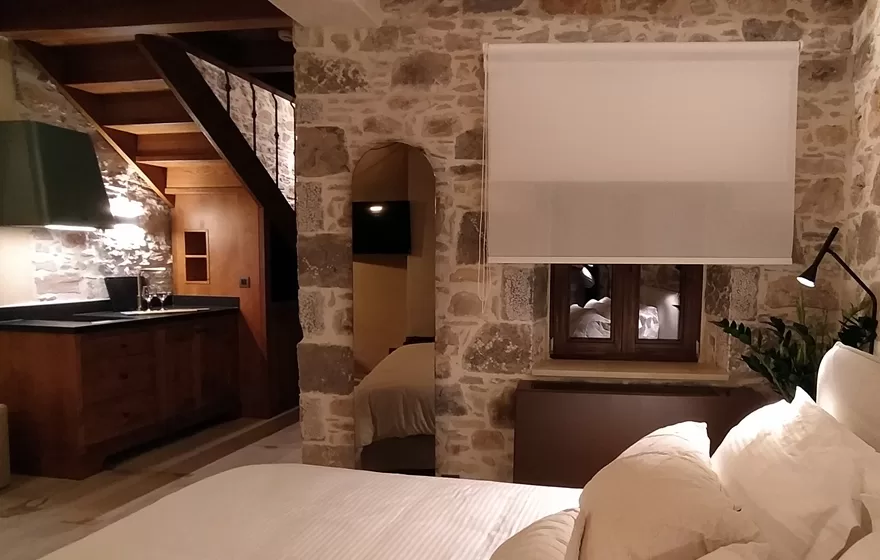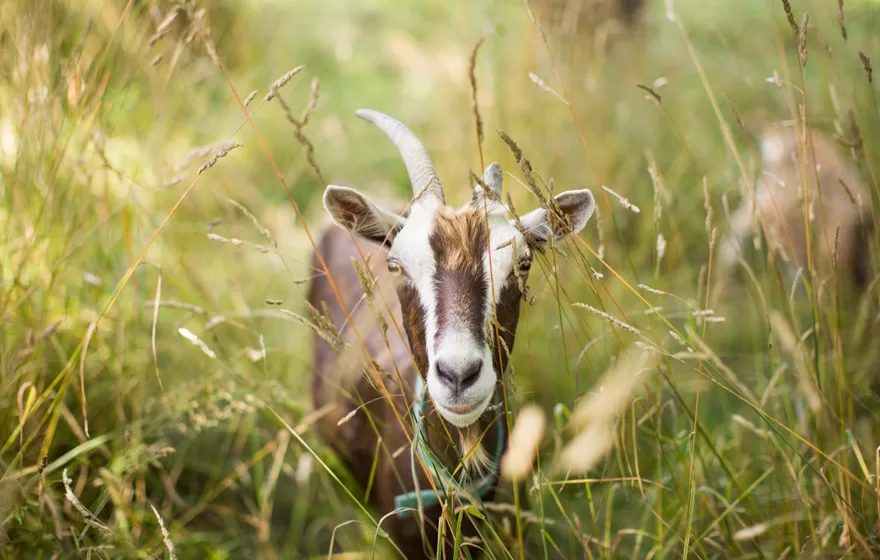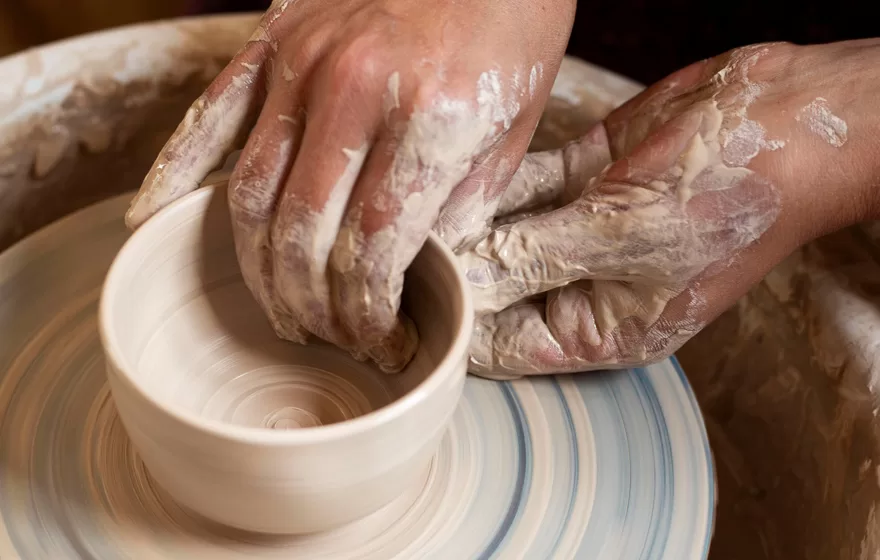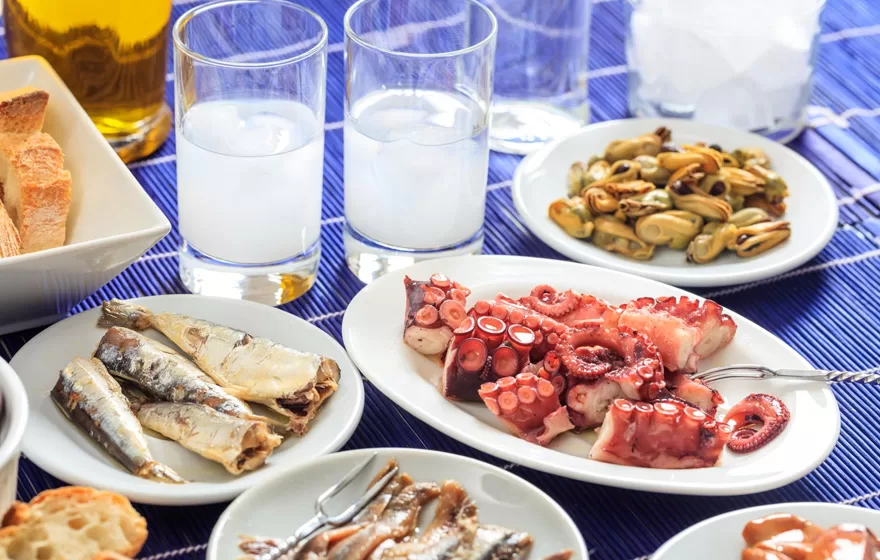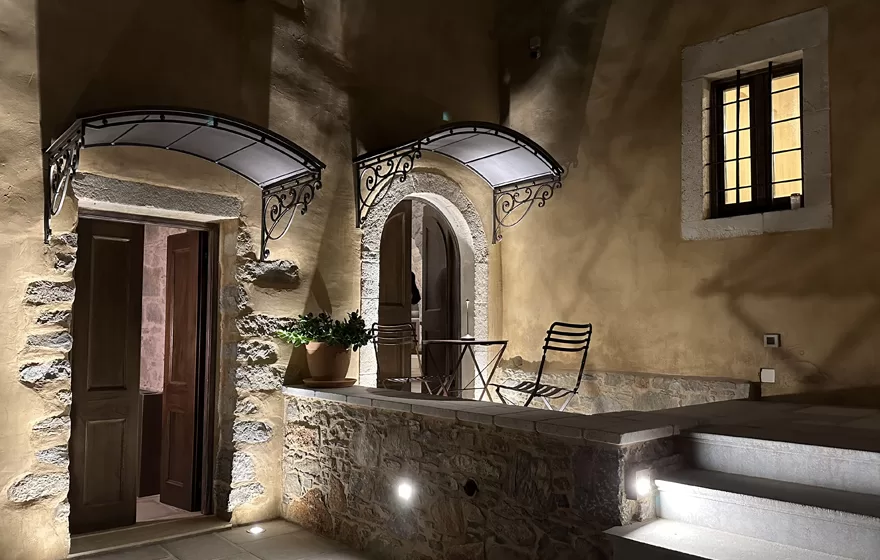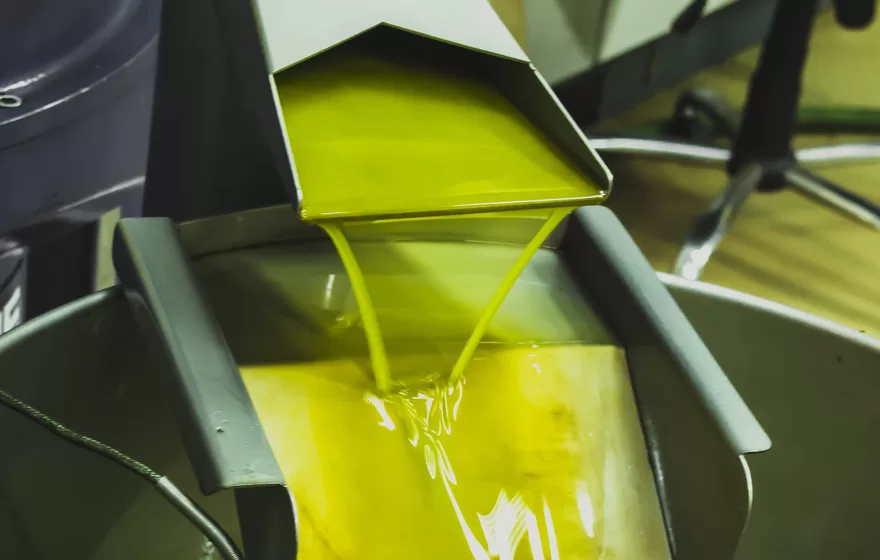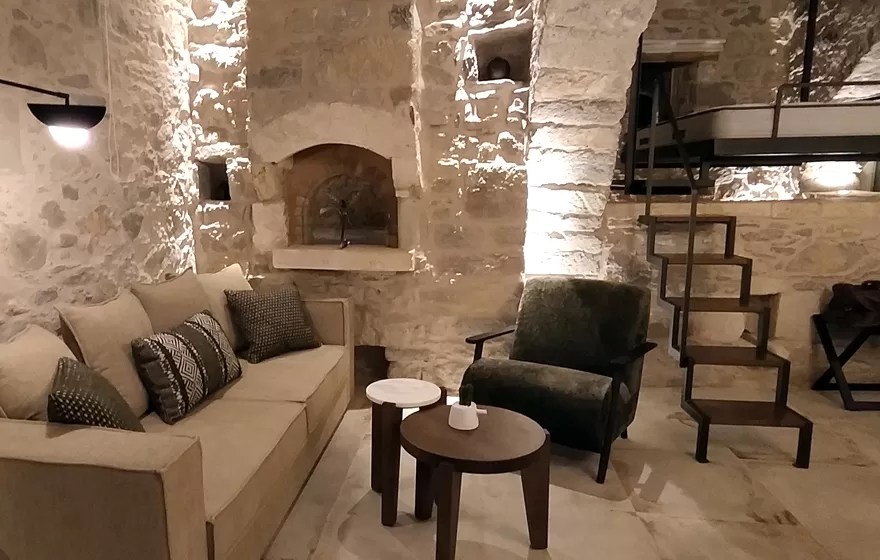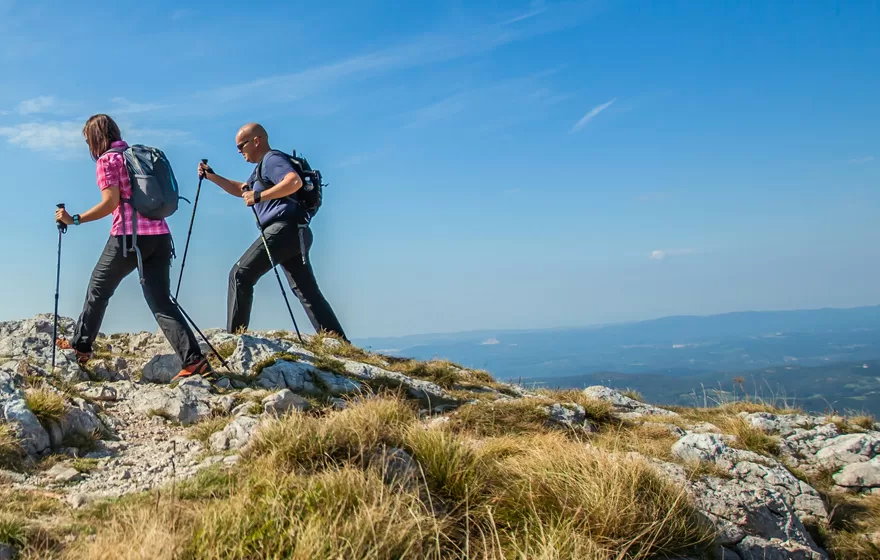Rediscovering Heritage: The Story of a Restored Traditional Home.
Step into the history and tradition of Santa Veneranda—our meticulously restored traditional Cretan home. Every room tells a unique story, preserving the legacy of past generations. From the shared kitchen to the bedrooms, every corner invites you to stay and uncover the stories etched into its walls. Join us on a journey through time as we unfold the rich heritage of our home, inviting you to reconnect with the essence of Cretan tradition.

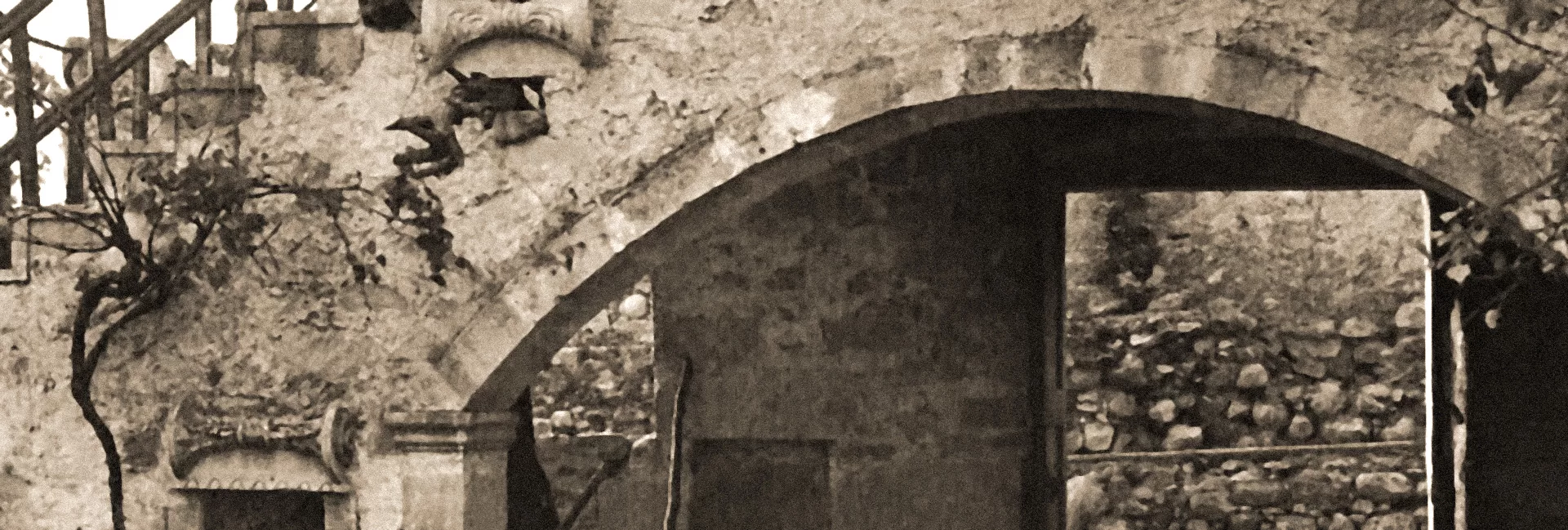
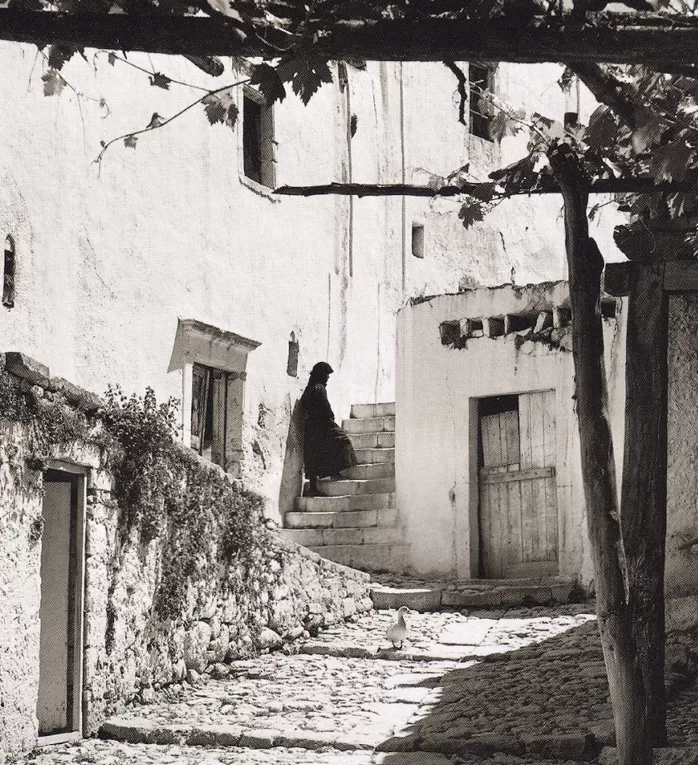
The Two-Floored Wing
This was likely the original building of the farmhouse, with the living quarters on the upper level and a storage area on the ground floor. The original stone staircase has been preserved to this day. As the family’s needs grew over time, the house expanded, new sections were added, and the use of space evolved.
Local accounts say that the upper floor once hosted the village schoolteacher, and that a makeshift school for the local children operated in what is now the engine room of the guesthouse.
During the years of Ottoman rule, the Greek language and culture were passed down in rural areas by humble priests who, though only minimally educated, had a deep love for religion and the history of their land.
The “Trikamaro” Room
The moutoupaki was the original kitchen of the farmhouse. A sequence of stone arches defined the space and supported the ceiling. A large fireplace dominated one corner.
Each day, the family would gather here after hard work—for warmth, light, and food. The rest of the house was unheated, and during the day, doors and windows stayed open for ventilation—a practice made possible by Crete’s warm climate.
The kitchen was modestly furnished: a low round table, a few stools, and a central clay basin for communal dining. A small pantry nearby stored the family’s most precious food items.
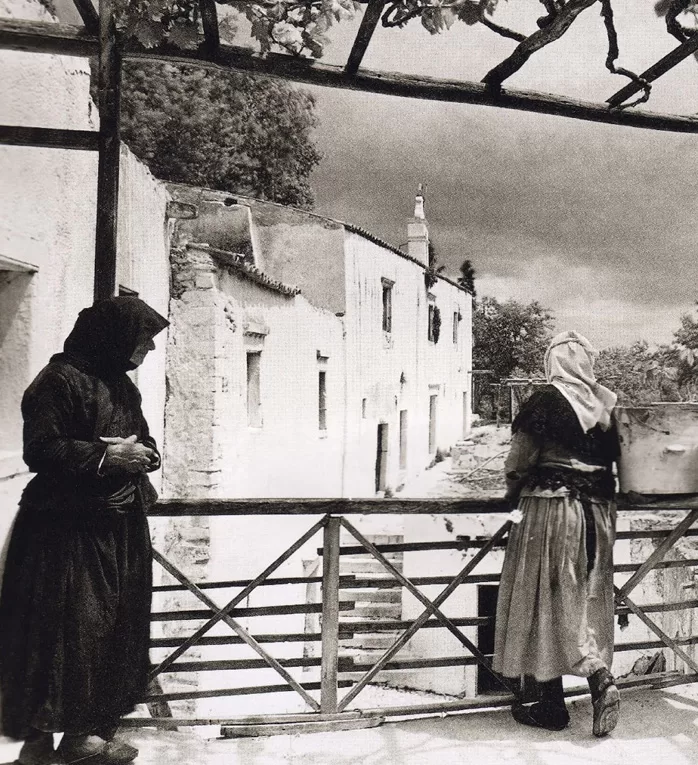
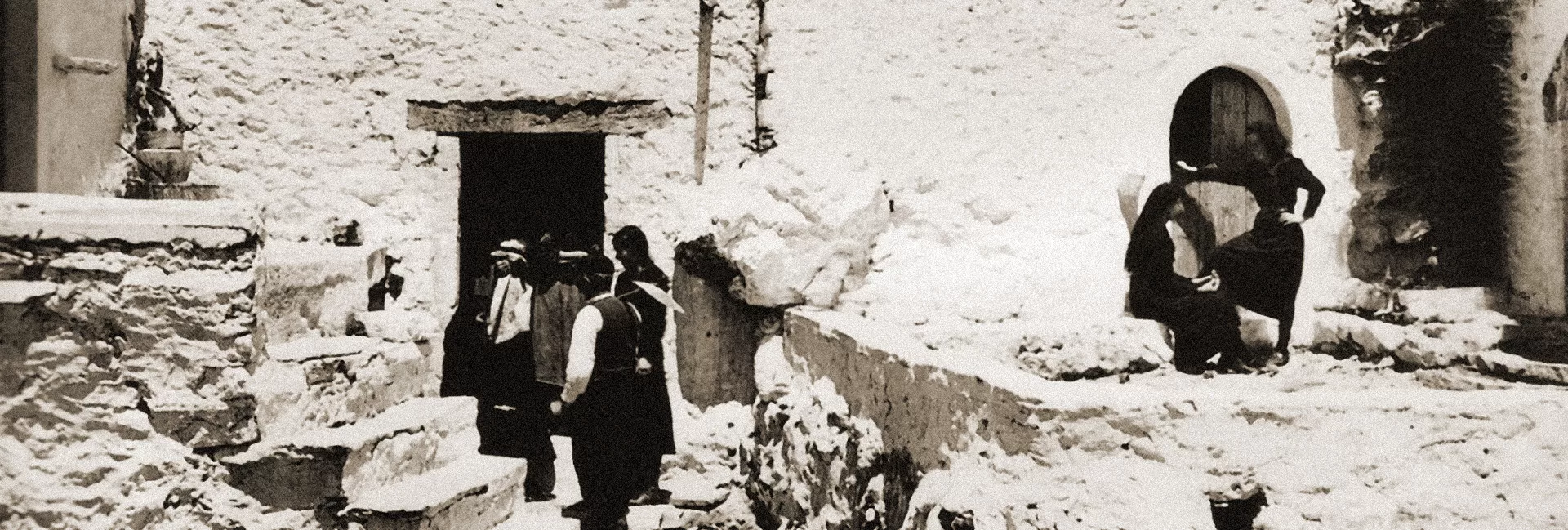
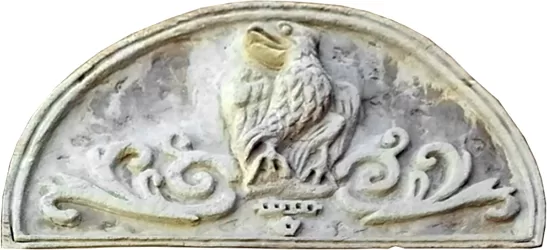
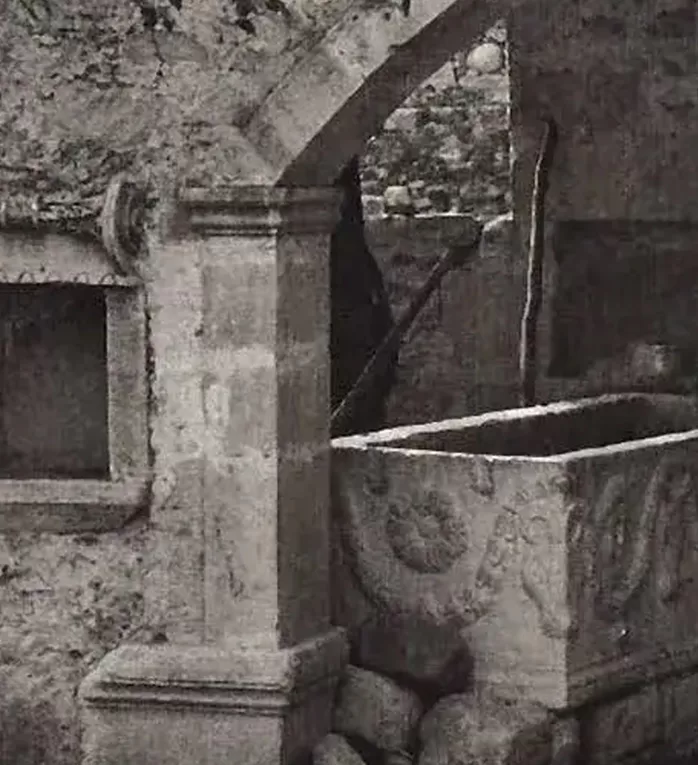
The Fournospito
The most significant room of the farmhouse. This large 100 m² space was the hub of the household’s essential activities. Divided by tall pointed arches into separate working zones, the first thing one encounters is the massive wood-fired oven. This is where the family baked their bread—the traditional Cretan dakos. Bread baking occurred 4–5 times a year in large batches.
Next to it stood the wine press. Grapes were stomped by foot—just like in ancient Minoan times—to produce the must for winemaking. Nearby, a separate chamber stored the grape pomace (stafyla) in large jars for about a month, until it was distilled into tsikoudia (Cretan raki) using a copper still in the large hearth—a sacred offering to any visitor or passerby.
The fireplace also served multiple functions, such as cheese-making (from the goats and sheep kept on nearby hills), boiling water for laundry, or dyeing hand-woven fabrics in large clay pots.
The fournospito was the heart of almost every household activity.
Through a small arched door, it connects to an adjoining room that served as the wine cellar. With 50 cm thick walls and no windows, it maintained ideal conditions for fermentation. Aromatic herbs were placed around to keep pests and unwanted odors away from the wine stored in large oak barrels.
The “Pórtego”
This was the main living area—the heart of the farmhouse. A long room with a loft above, it had direct access from the central courtyard and an interior door that led to the storage rooms.
On the ground floor, the porteγo had no fireplace. It was simply furnished: a long wooden bench with embroidered cushions, a table pushed against the wall, and a couple of wooden chairs.
At the window sat the loom, which produced all the family’s woven fabrics for clothing and household linens.
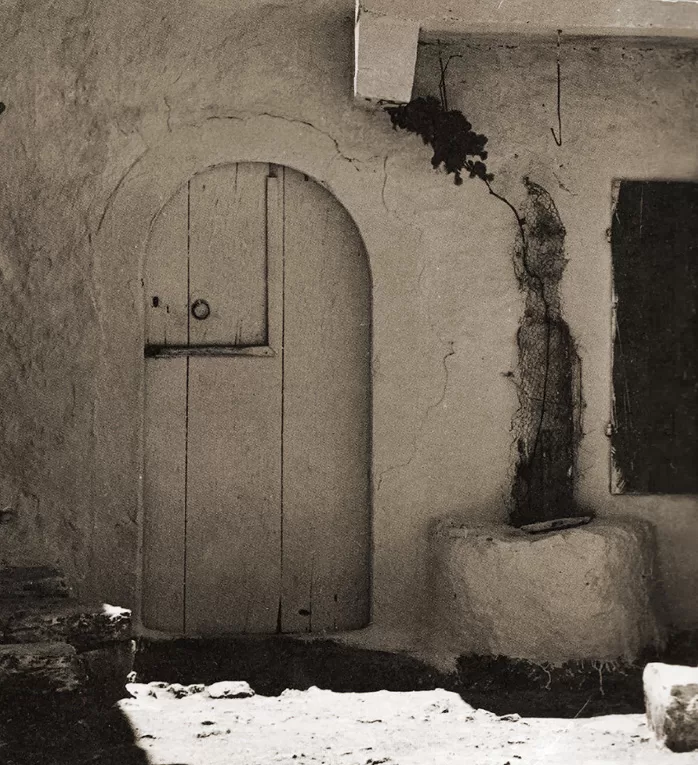
The loft above, accessed by a wooden staircase, was the family’s sleeping quarters. The newlyweds’ bed was adorned with handwoven and embroidered linens. In front of the family icon stand—where heirloom religious icons and wedding wreaths (stefana) were kept—a small oil lamp burned continuously. A chest held the family’s most valuable garments. From the loft, a low arched door—the loggetta—led to the flat rooftop.
The Storerooms
Beneath the porteγo, a small storeroom housed lime-washed jars for preservation, filled with homemade delicacies: spoon sweets, jams, dried fruits and vegetables, vine leaves for dolmades, table olives, honey, grape syrup (petimezi), and of course, the family’s bread supply.
Cretan Hospitality
The doors and windows of the porteγo were always open—to sunlight, fresh air, and to others—just like the hearts of the Cretans. Cretan hospitality has long been considered a sacred duty: to offer a treat, a meal, or a farewell gift to anyone passing through.
A Dive into History
Knossos, Malia, Phaistos, Gortyna, Matala
A never-ending list of ancient cities, historical sites, and monuments across every corner of the island.
Crete’s land is a living museum—every step you take is filled with echoes of the past.
From the prehistoric era to the present day, Crete’s history is uninterrupted. The island was home to the flourishing Minoan civilization—the first advanced culture in Europe—and has since followed the course of Greek mainland history.
It took part in the Trojan War, was integrated into Ancient Greece, and later became part of the Byzantine Empire. For thousands of years, Greek identity, language, and faith survived, despite long periods of foreign rule—by Romans, pirates, Arabs, Venetians, and Ottomans.
Each of these civilizations left their mark on Cretan soil—positive or negative—depending on the culture they represented.
No matter where you go, even in the island’s most remote corners, history lovers will stumble upon the remnants of ancient monuments.

